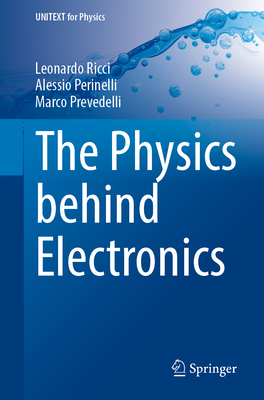
The Physics Behind Electronics (Unitext for Physics)
Description
This book is not simply about electronics but rather a thorough exploration of physics. Instead of isolating electronics as an art, its primary goal is to explain the physical principles behind electronic circuits and how they are applied practically. Electronics provides a framework for understanding physics, and vice versa.
It is intended for advanced undergraduate or graduate students in physics or related fields who have a basic grasp of electromagnetism and calculus. It also caters to individuals with practical electronics knowledge looking to deepen their understanding of often overlooked concepts.
While traditional textbooks treat electronics as a set of techniques, the growing availability of affordable acquisition boards and user-friendly software has diminished the need for expertise in circuit design. Nonetheless, physicists still need to comprehend concepts like stability, impedance matching, noise, and the advantages and limitations of signal sampling.
Starting with linear time-invariant systems and feedback, the book progresses to designing circuits using operational amplifiers and oscillators, covering stability and dissipation. It also delves into the Nyquist-Shannon theorem and the basics of digital electronics, emphasizing state-sensitive and clock-sensitive operators. Additionally, it offers an overview of electronic devices facilitating analog-to-digital conversion.
The book concludes by examining scenarios involving high frequencies where wires act as waveguides and addressing noise sources from thermal agitation and the corpuscular nature of current. Theoretical concepts are reinforced with solved exercises, and practical "in-the-lab" sections guide readers through experiments using affordable kits and instruments, requiring minimal electronic prototyping knowledge.



